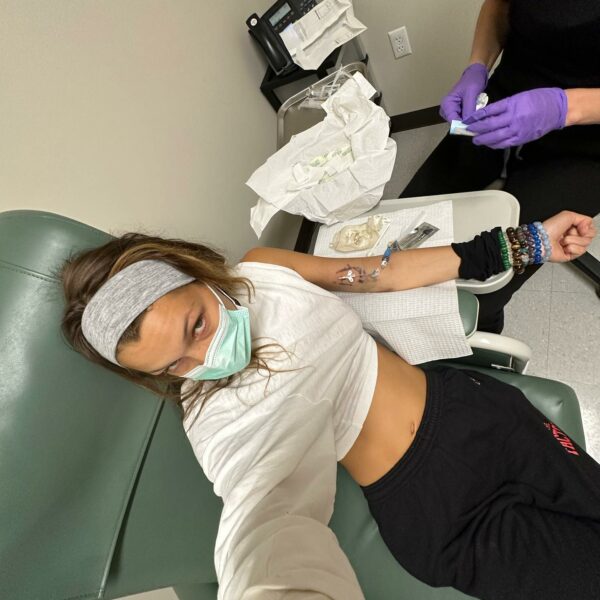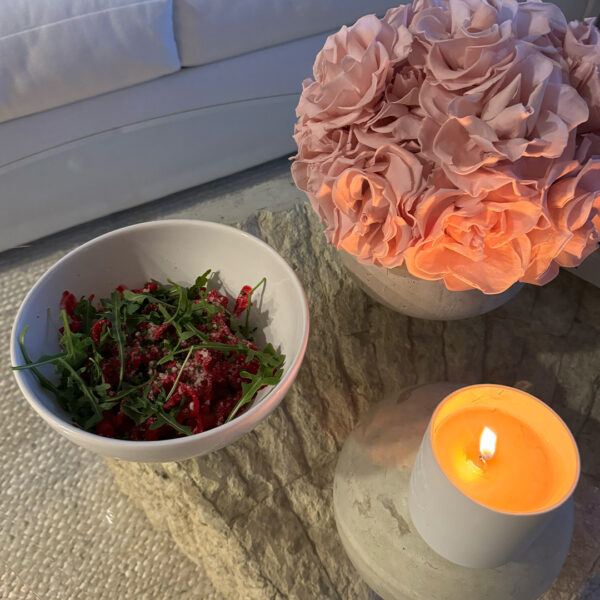These last three months of quarantine have really put us in touch with our domestic side. Many loaves were baked, many doorknobs disinfected, and some of us even sprouted some seeds. But before we declare ourselves full-blown homesteaders, we figured we’d backpedal a bit and discuss a little gardening 101 so we can keep this thread going, even when everything opens back up for good.
First of all, gardening is not just for those who are bored of indoor activities and can’t physically go to bars. Studies show it’s an incredibly therapeutic activity and can reduce depression and anxiety symptoms, ease stress, improve mood, give a sense of community, offer physical activity while getting some vitamin D, and even improve cognitive function. Urban gardening expert Timothy Hammond knows a thing or two about how to get started.
Hammond breaks down some advice for total garden virgins. Don’t expect a perfectly structured, utilitarian garden right out of the gate. Instead, focus on your foundation. “To begin, focus less on aesthetics and more on the quality of the soil. Don’t have a high-end garden vine in $10 soil. [Soil is] the bloodline of your garden and can single-handedly make or break it. Good soil can help cover up mess-ups by new gardeners.” It’s a nice buffer during the initial learning curves. Because there will be some learning moments. Be easy on yourself.
To give some perspective, Hammond notes that a teaspoon of soil has more microbial life in it than there are people on the planet. “Cheaper, more deficient-quality soil has less life, and you want all the life you can get in the soil or root zone. The interactions between living organisms in the root zones are beneficial for all plants growing in the local area.” Get some nutrient-rich soil with some seriously balanced chi!
Another rudimentary tip? Hammond warns that when watering, try to keep the water off the leaves as best you can. You don’t want to make the leaves floppy, flimsy, and unable to reach up for that yummy sunlight. “Try to apply the water directly to the root zone/ground. Also, focus on deeper, longer waterings vs. infrequent shorter waterings.” Now, to get started.
“You are looking for sun exposure, aka the amount of time an area receives sunlight. This assessment will determine if that area is suitable for growing, along with what you can grow. Note that you will not receive the same number of hours of sunlight in the fall and winter as you do in the summer.”
“Next, you need to find out your gardening zone. Knowing this zone is important because it gives you estimates about when you will have your first and last freeze of the season, which is essential so you can help decide what to plant and when.” You can find your gardening zone here; just type in your zip. Once you’re armed with this knowledge, you can now make the call if you want to grow things in containers, raised beds, or in-ground beds.
Small Space Considerations
You aren’t limited to only herbs and succulents if you have a small space. You can grow larger things that like to sprawl out, but you will need to invest in trellises and grow them vertically. Otherwise, Hammond tells us that containers are our best friends when gardening in small spaces.
Sometimes, plastic raised beds from the hardware store garden section aren’t prepared for healthy drainage, so you’ll want to drill holes in the bottom of those in such a case. Otherwise, Hammond shares, the soil will become waterlogged and your plants won’t survive.
“If gardening in a container, you will need to use liquid fertilizer. While slow-release granular can work, you may end up watering the fertilizer out of the pot with constant waterings. Liquid fertilizer allows the plant to absorb what it needs and let the rest pass through.”
Also, don’t just select at random! Hammond suggests checking out different plant varieties of the things you want to grow. “There are bush/compact/space-saving varieties out there. These are bred and designed to thrive in spaces where space is limited.”
What Are You Waiting For?
Lastly, be bold and get to work! Most people think you can’t start a garden in the summer, but that is absolutely not true. You don’t have to wait till spring to make things grow—just look into what seasonal things are typically happy to pop up this time of year. While you may be slightly more limited to what grows in summer, Hammond makes it clear that of course, it depends on where you’re located, but you can start a garden at any time of year.
Next, update your patio space with these under-$100 essentials

Be the first to know our weekly content and sign up for our Poosh newsletter.







































